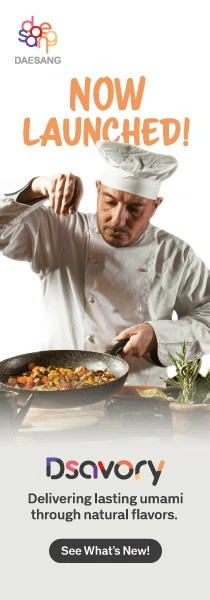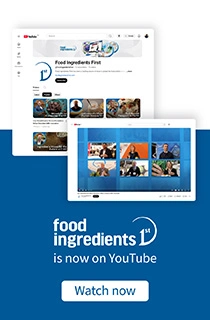
- Industry news
Industry news
- Category news
Category news
- Reports
- Key trends
- Multimedia
- Journal
- Events
- Suppliers
- Home
- Industry news
Industry news
- Category news
Category news
- Reports
- Key trends
- Multimedia
- Events
- Suppliers
Tetra Pak Meets Consumer Needs in Packaging Design

DreamCap, LightCap and HeliCap are designed to satisfy a diversity of consumer and market needs from portion packs for on-the-go consumption to family packs for home consumption.

Aug 17 2011 --- Global populations are changing rapidly and the challenge for the food and beverage industry is to keep pace, delivering products that meet the demands of modern consumers lifestyles. As research from Tetra Pak shows, people are increasingly moving to cities, the global middle class is expanding rapidly and in many regions, populations are aging. These trends are leading to more specialised products to meet ever more specific consumer demands. One of them is convenience, whether for on-the-go consumption at school or en-route to work, or for easy opening and grip for young and old.
However, before we can create convenient products, we have to understand what convenience is how people use their beverage packages today and how they might be using them in the future. Tetra Pak invests to gain this level of insight through, for example, ethnographic research to examine consumer expectations, needs and experience. Its a research approach that is part of our new products development process.
Ethnographic research means that rather than simply asking consumers to express their attitudes about particular packaged products, the research focuses on observing and recording how people actually behave in various familiar environments using Tetra Pak products.
For example, research carried out at a specially designed laboratory in Modena, Italy is conducted in two areas one that simulates a retail store, with products displayed on both refrigerated and ambient shelving, the other simulating a home kitchen setting complete with a refrigerator, table, chairs and even the kitchen sink. Specialists, designers and technicians observe how consumers actually interact with the packaged beverage products.
Consumers are also asked to voice their opinions about particular product packages. The combination of observed behaviour with stated attitudes enables Tetra Pak to strengthen the consumer-driven nature of its new product development.
Efficiency and effectiveness are measured using criteria such as the ability to control the amount of liquid poured or the time it takes opening or closing a package. Careful attention is paid to the number of errors consumers make as they try to open, use and re-close a particular package. Satisfaction is determined, in part, according to stated consumer attitudes and opinions about any particular package, and consumer behaviour in the simulated retail environment.
Consumer focused results
This consumer focus has driven the development of three of Tetra Paks latest closures. DreamCap, LightCap and HeliCap are designed to satisfy a diversity of consumer and market needs from portion packs for on-the-go consumption to family packs for home consumption.
DreamCap is designed specifically to meet the needs of an increasing number of consumers who drink their beverages on-the-go. Usability testing in four markets resulted in a cap featuring the worlds first globally available over-the-edge opening designed to fit the face and lips, while a large 26 mm diameter provides the preferred way to consume the beverage by giving the consumer improved control over the flow of liquid.
Consumers want convenience, but they also want reassurance that their beverages are safe. HeliCap achieves this with an easy to use one-step screw cap that also includes noticeable security features, including a clearly visible tamper evidence ring and concentrates a low opening force on the first turn of the cap enough for the consumer to feel the tamper ring breaking.
LightCap, meanwhile, provides the largest pouring area possible, making it easier to pour and is ideal for achieving large-size closures which are generally easier to handle particularly useful for older consumers or those who have hand-related disabilities.
Consumer testing was also used to develop the worlds first carton bottle for ambient white milk, the Tetra Evero Aseptic, launched in May this year. It is designed to deliver ease of use, high impact branding and cost effectiveness to meet the needs of consumers, retailers and producers.
Independent consumer research in European markets confirms that Tetra Evero Aseptic is easier to open, hold and pour from than other bottles. It is also the only one step opening with double tamper-proof protection on the market, which provides demonstrable security and allows the cap to simply "click" open.











